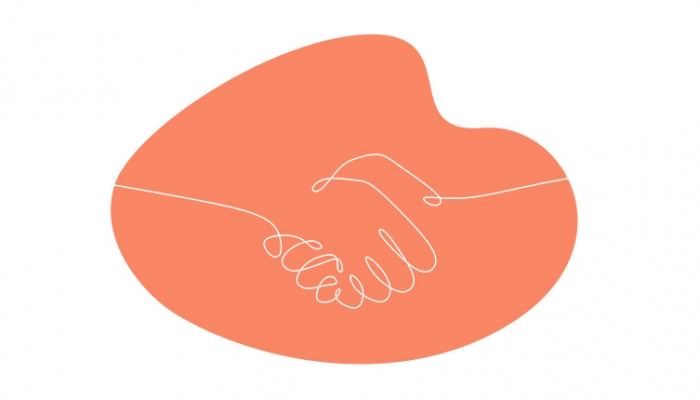How the pandemic changed our trust: what does it mean for health communicators?
This is a guest post from Helen Fitzhugh, associate director, Healthcare at Kaizo PR.
In the past two years, consumers have been bombarded with public health information on an unprecedented scale. Over the course of the pandemic, we’ve charted consumers’ changing attitudes to sources of health information to understand who they do – and don’t – trust.
Our research reveals a number of important considerations for health comms professionals.
After surveying 500 UK consumers, we found that trust in some sources of health information had dropped significantly since 2020, with independent experts and government health advisors plummeting in the ratings.
Consumers also have shorter attention spans, consume less print and online news from traditional media outlets, and are less likely to question health information – even if it goes against government advice.
Consumers suffering from ‘health messaging fatigue’
Who would have thought, before March 2020, that we’d all become experts in virology? After living through daily updates on transmission rates, mutations, and clinical trial results, it is no surprise that we began to switch off – BARB (Broadcasters Audience Research Board) data shows that people turned to TV channels for news at the start of the pandemic and then turned away as it progressed.
The emotional stress of the pandemic may be to blame. Media consumption affects our mental health – negative news can cause distress and anxiety. People may have been avoiding pandemic news because they felt it was damaging their mental wellbeing.
Our survey found that the biggest health worry for respondents this winter was their mental health, with 39% singling this out as their top concern – ranked above Covid, colds and flu. This is particularly interesting given the headlines on the ‘twindemic’, which – you might assume – would push respiratory viruses to the front of people’s minds.
Consumers may be avoiding health news to protect their own mental wellbeing – or simply because they have had enough of virology lessons. Whatever the reason, it poses a real challenge for health comms professionals who need to engage with a disengaged audience.
Radical redistribution of trust
In 2020, consumers were quick to lose trust in a source of health information – for example, 70% would not trust information that did not come from a qualified healthcare professional. This figure has now dropped to just 51%.
Likewise, two years ago, 44% said that they would lose trust in health information that went against official advice. This has fallen to 23%.
These figures suggest that it is harder to lose consumers’ trust. This may not be as beneficial as it sounds: quite the opposite. If consumers are less likely to question the source of their health information or its accuracy, it is easier for misinformation to proliferate.
Who is in and who is out
As in 2020, healthcare professionals (HCPs) continue to be the most trusted sources of information: almost half (47%) of our respondents said they would rely on their GP, doctor, or nurse to provide them with trustworthy information to make decisions about their health.
However, as it is increasingly difficult for some people to see their GP, new information sources are plugging this gap. In 2020, only 5% of respondents said they would rely on a local pharmacist for health advice – our latest survey showed that this had jumped to 20%. Established healthcare charities and organisations, such as the British Lung Foundation, are also following this trend – with trust in such bodies up at 20%, from 9% two years ago.
The pull of independent scientists and experts has however dropped since 2020 – falling from 49% to just 29%.
So, how can you get your message across?
Revaluate your assumptions about what people will engage with. Mental health is a big concern, for example – so consumers may be more likely to engage with content about mental wellness, compared to physical wellness.
Health information that is presented as alarmist could be a big turn-off – tone matters at a time when people want to protect themselves from sources of anxiety.
Trust has shifted or consolidated. HCPs remain high on the trusted sources list, but with GP availability increasingly a challenge, consumers and patients need an alternative. Trust in pharmacists and the third sector has increased, so think about how you can tap into these sources to tell your story.
Clear, trustworthy health information saves lives and reduces the burden on the NHS – but only if you can get people to pay attention to it.
Read the full report by Kaizo PR here.
For more on trust in the health, medical and pharmaceutical space, read these posts with overviews and advice from Pharmica’s Carolina Goncalves and Lynn’s Shayoni Lynn.



Leave a Comment